Trail Guide to the Body by Andrew Biel is a bestselling guide that simplifies the complexities of human anatomy, making it accessible to manual therapists and students. Its unique approach, using a trail metaphor, helps learners navigate the body’s musculoskeletal structures with ease and precision. Widely used in massage therapy programs worldwide, this book is renowned for its clear, hands-on guidance, becoming an essential tool for both education and professional practice.
Overview of the Book and Its Purpose
Trail Guide to the Body by Andrew Biel is a comprehensive guide designed to help manual therapists, students, and professionals locate and understand the body’s musculoskeletal structures. The book’s purpose is to provide a clear, hands-on approach to learning anatomy through palpation techniques. It is structured as a user-friendly manual, offering step-by-step guidance to identify muscles, bones, and other bodily structures with precision. Widely used in massage therapy programs worldwide, the book serves as an essential tool for both education and professional practice, making complex anatomy accessible and practical for learners at all levels.
Author Andrew Biel and His Expertise
Andrew Biel, a renowned expert in manual therapy and kinesiology, has crafted Trail Guide to the Body to empower therapists and students with precise anatomical knowledge. His extensive background in massage therapy and education has shaped the book’s practical, hands-on approach. Biel’s expertise lies in translating complex anatomy into accessible, step-by-step guidance, making him a trusted authority in the field. His work has been widely recognized, and the book has become a standard resource in massage therapy programs globally, reflecting his commitment to fostering deeper understanding and skill in manual therapy practices.
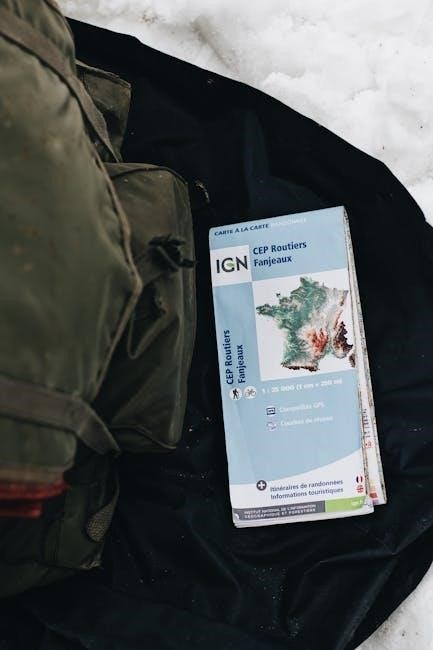
Key Features of the Book
Trail Guide to the Body offers step-by-step palpation techniques, detailed illustrations, and a workbook for hands-on practice, enhancing learning for massage therapy students and professionals alike.
Step-by-Step Palpation Techniques
Trail Guide to the Body excels in providing clear, step-by-step palpation techniques that guide learners through identifying muscles, bones, and other musculoskeletal structures. The book’s systematic approach ensures that even those new to anatomy can locate each structure with confidence. Techniques are presented in a logical sequence, starting with surface anatomy and progressing to deeper tissues, making it easier to develop palpation skills. This method not only enhances hands-on practice but also improves understanding of anatomical relationships. The book’s clarity and effectiveness have made it a cornerstone for manual therapists and students seeking to master palpation, a fundamental skill in their professional toolkit.
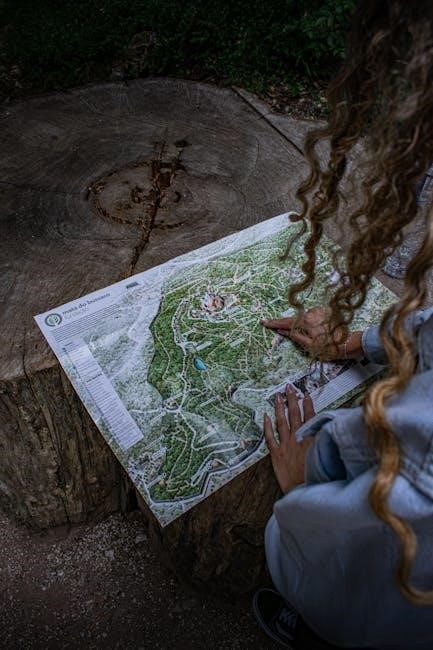
Illustrated Guide to Musculoskeletal Structures
Trail Guide to the Body features a comprehensive, beautifully illustrated guide to musculoskeletal structures, making complex anatomy accessible and engaging. The book’s detailed visuals complement the text, providing clear depictions of muscles, bones, and connective tissues. These illustrations are designed to enhance understanding, allowing learners to visualize anatomical relationships and landmarks. The visual aids are particularly effective for hands-on practitioners, offering a clear reference for palpation and manual techniques. By combining precise imagery with concise descriptions, the guide empowers students and professionals to grasp the intricacies of the human body, making it an indispensable resource for anatomy education and clinical practice.
Workbook for Hands-On Practice
Trail Guide to the Body is accompanied by a workbook designed for hands-on practice, reinforcing the book’s anatomical concepts. The workbook provides exercises, anatomical identification drills, and palpation techniques, enabling learners to apply their knowledge practically. It includes self-tests and review exercises to ensure mastery of musculoskeletal structures. The workbook’s structured format aligns with the main text, allowing users to practice as they progress through the material. This hands-on resource is invaluable for both students and professionals, offering a comprehensive way to develop and refine their skills in manual therapy and anatomy. Its interactive approach makes it an essential tool for effective learning and professional development.

Educational Tools and Resources
The workbook and online study tools provide hands-on practice and interactive learning, enhancing the understanding of musculoskeletal structures for both students and professionals.
Online Study Tools and Digital Resources
The book offers exclusive access to online study tools, enhancing learning through interactive exercises, video tutorials, and downloadable resources. These digital aids complement the workbook, providing a comprehensive learning experience. Students and professionals can access free study tools, including multimedia content, to deepen their understanding of anatomy and palpation techniques. The online resources are designed to reinforce hands-on practice, making complex concepts more accessible. This digital support ensures learners can master musculoskeletal anatomy at their own pace, bridging the gap between theory and practical application effectively.
Interactive Exercises for Better Learning
Trail Guide to the Body incorporates interactive exercises to engage learners actively in the study of anatomy. These exercises, designed to complement the workbook, encourage hands-on practice and reinforce key concepts. By applying theoretical knowledge to real-world scenarios, students develop a deeper understanding of musculoskeletal structures. The exercises also foster critical thinking and problem-solving skills, essential for manual therapists. This interactive approach makes learning anatomy dynamic and practical, helping students connect palpation techniques with anatomical knowledge. The result is improved retention and mastery of the material, preparing learners for confident and effective practice in their professional careers.

Applications in Massage Therapy Education
Trail Guide to the Body is widely used in massage therapy programs worldwide, offering a structured approach to learning anatomy and palpation techniques for future professionals;
Use in Massage Therapy Programs Worldwide
Trail Guide to the Body is a cornerstone in massage therapy education, adopted by programs globally for its clear, structured approach to teaching anatomy and palpation. Its user-friendly design and step-by-step techniques make it an invaluable resource for students learning to identify and understand musculoskeletal structures. The book’s focus on hands-on practice aligns perfectly with the practical nature of massage therapy training, ensuring future professionals develop the skills needed for effective manual therapy. Its widespread adoption underscores its reputation as a essential tool for anatomy education in the field.
Practical Application for Manual Therapists
Trail Guide to the Body is a vital resource for manual therapists, offering practical, hands-on techniques for locating and understanding musculoskeletal structures. Its step-by-step palpation methods empower therapists to deliver precise and effective treatments. The book’s clear instructions enable professionals to bridge the gap between anatomical knowledge and real-world application, enhancing their ability to assess and address client needs. By simplifying complex anatomy, it becomes an indispensable tool for improving therapeutic outcomes and refining clinical skills.
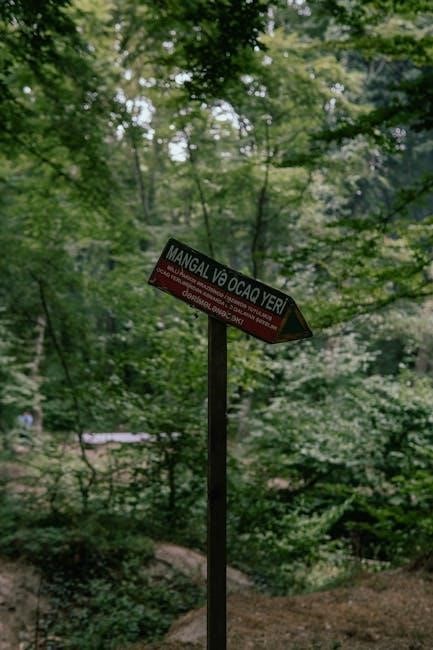
Contributions to the Field of Kinesiology
Trail Guide to the Body has revolutionized anatomy education, offering a practical, hands-on approach to understanding musculoskeletal structures. Its clear, accessible methods have made it a cornerstone in kinesiology, enabling professionals to better comprehend movement and apply anatomical knowledge effectively in clinical and therapeutic settings.
Impact on Manual Therapy and Anatomy Education
Andrew Biel’s Trail Guide to the Body has profoundly influenced manual therapy and anatomy education by making complex musculoskeletal anatomy accessible and practical. Its clear, step-by-step approach has empowered students and professionals to confidently locate and understand body structures. Widely adopted in massage therapy programs, the book has set a new standard for hands-on learning, bridging the gap between theoretical knowledge and clinical application. By emphasizing palpation and real-world relevance, it has become an indispensable resource, shaping the way anatomy is taught and applied in manual therapy worldwide. Its impact is evident in its widespread recognition and continued popularity among educators and practitioners.
Recognition and Popularity in the Field
Trail Guide to the Body by Andrew Biel is celebrated for its innovative approach to anatomy education. Its popularity stems from its ability to make complex anatomical concepts accessible to both students and professionals. Widely adopted in massage therapy programs globally, the book is praised for its clear, hands-on guidance. Its comprehensive coverage of musculoskeletal structures, combined with practical palpation techniques, has earned it a reputation as a go-to resource in the field. The book’s success is further highlighted by its positive reviews and recommendations from educators and practitioners, solidifying its place as a cornerstone in anatomy and manual therapy education.

Interview with Andrew Biel
In an interview, Andrew Biel shares insights into his creative process and teaching philosophy, emphasizing how his book empowers learners to understand anatomy through practical exploration.
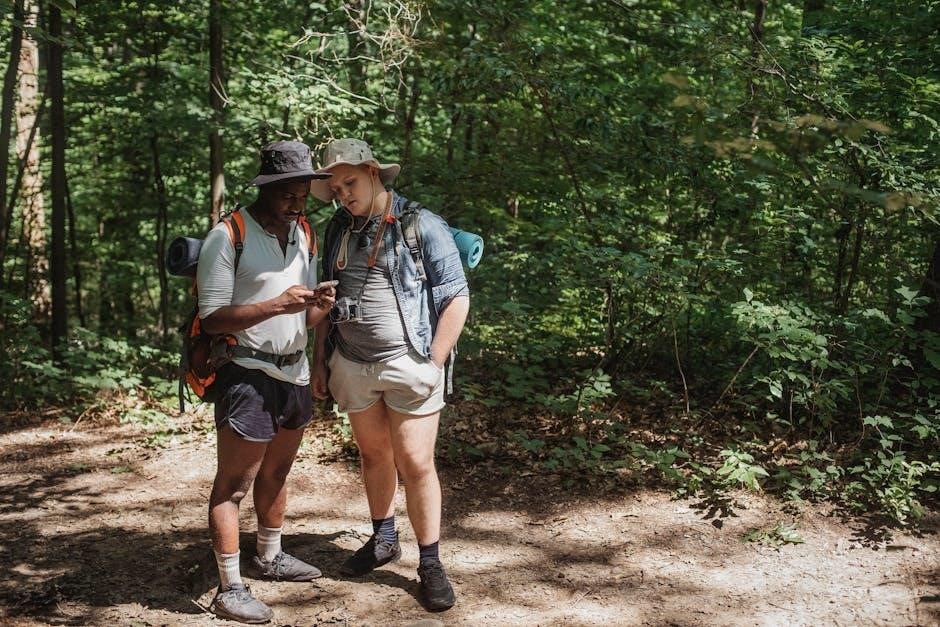
Insights into the Creation of the Book
Andrew Biel revealed that Trail Guide to the Body was born from his passion to simplify anatomy for manual therapists. He aimed to create a user-friendly guide that bridges the gap between theoretical knowledge and practical application. Drawing from his extensive experience in massage therapy and education, Biel designed the book to be approachable, using a trail metaphor to guide learners through the body’s structures. He emphasized the importance of palpation and hands-on practice, ensuring the book becomes an indispensable tool for students and professionals alike.
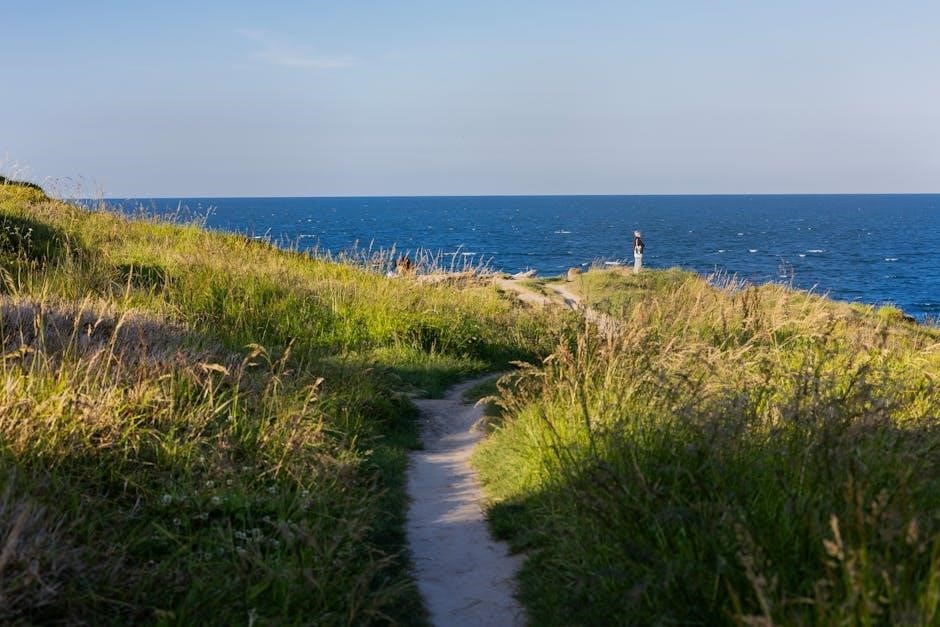
Author’s Approach to Teaching Anatomy
Andrew Biel’s approach to teaching anatomy emphasizes hands-on learning and practical application. His method, as seen in Trail Guide to the Body, uses a trail metaphor to guide learners through the body’s structures, making complex anatomy accessible. Biel prioritizes palpation techniques, encouraging students to explore and identify muscles, bones, and other tissues through touch. His workbook accompanies the text, offering exercises that reinforce understanding and skill development. By blending clear, step-by-step instructions with visual aids, Biel creates an engaging and effective learning experience, ensuring that students grasp both the science and the art of manual therapy.
Trail Guide to the Body is a foundational resource for anatomy education, offering practical insights and tools for manual therapists and students. Its widespread adoption underscores its enduring value, making it an indispensable guide for anyone seeking to master human musculoskeletal anatomy.
Final Thoughts on the Book’s Value
Trail Guide to the Body stands out as a transformative resource for anatomy education, offering unparalleled clarity and practicality. Its step-by-step palpation techniques and detailed illustrations empower learners to confidently identify musculoskeletal structures. The accompanying workbook and online tools enhance hands-on practice, making it a comprehensive learning package. Widely adopted in massage therapy programs globally, this book bridges theory and practice, benefiting both students and professionals. Its enduring popularity reflects its ability to simplify complex concepts, making it an essential companion for anyone committed to mastering human anatomy.
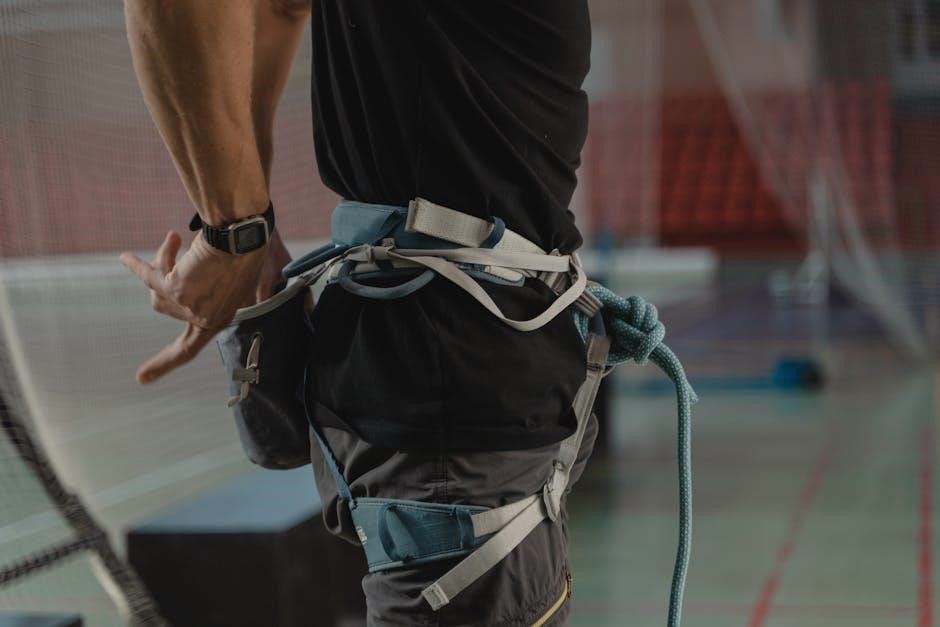
Recommendation for Students and Professionals
Trail Guide to the Body is an indispensable resource for both students and professionals in manual therapy. Its clear, hands-on approach makes it ideal for those new to anatomy, while its depth supports advanced practitioners. The workbook and online tools offer practical exercises, enhancing skill development. Professionals will appreciate its precision, and students will find it a valuable companion for their studies. This book is a must-have for anyone seeking to refine their understanding of musculoskeletal anatomy, making it a cornerstone in the field of massage therapy and beyond. Its value lies in its ability to bridge learning and practice seamlessly.
